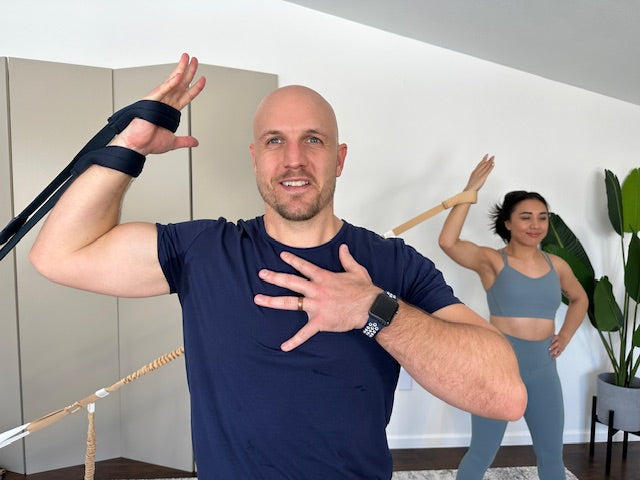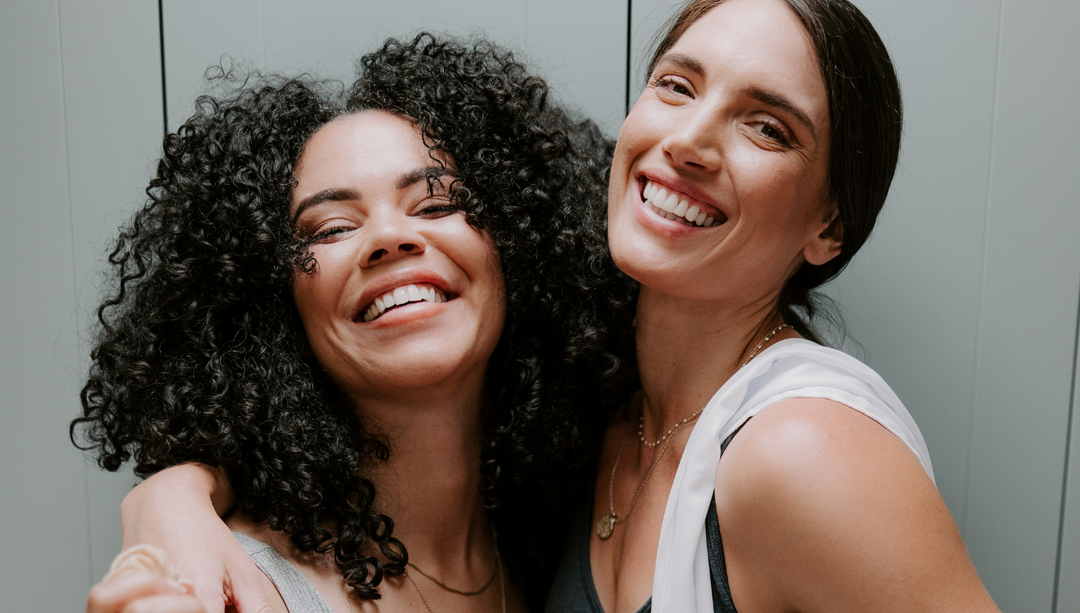The History of Pilates

Pilates is a form of exercise that has become increasingly popular in recent years, known for its focus on strengthening the core and improving flexibility. But where did this form of exercise come from? The history of Pilates is an interesting one that spans over a century and is marked by the creativity and dedication of one man.
The ORIGINS OF PILATES
Pilates was created by a man named Joseph Pilates, who was born in Germany in 1883. Pilates was a sickly child and was frequently teased for his frailty. As a result, he became interested in physical fitness and began experimenting with different exercise techniques. He was particularly inspired by the Greek ideal of a balanced mind and body and began studying anatomy and the principles of movement.
In 1912, Pilates moved to England and worked as a circus performer and boxer. During World War I, he was interned in a British detention camp with other German nationals. While he was there, he worked as a nurse and developed a series of exercises that he called "Contrology" (later to become known as Pilates). He used these exercises to help rehabilitate injured soldiers, using bedsprings to create resistance and assist with movements.
The EVOLUTION OF PILATES
After the war, Pilates returned to Germany and continued to develop his exercise technique. He was invited to train the German army but instead chose to emigrate to the United States in 1926. There, Joseph and his wife, Clara, opened his first studio in New York City, where they continued to teach his method to dancers and athletes.
Pilates' method was based on the idea of using the mind to control the muscles, with a focus on the core muscles of the abdomen and lower back. He also emphasized the importance of breathing and believed that deep breathing could help to improve circulation and increase energy.
Over the years, Pilates' method continued to evolve. He created a series of exercises that were designed to be performed on a mat, and also developed a series of machines (such as the Reformer and the Cadillac) that used springs and pulleys to provide resistance and assistance.
Pilates died in 1967, but Clara continued to carry on his method and legacy by teaching his students and disciples. In recent years, Pilates has become increasingly popular, with studios and classes popping up all over the world.
Pilates' method is still based on the same principles that he developed over a century ago. It continues to emphasize the importance of the mind-body connection and focuses on strengthening the core muscles to improve posture, balance, and flexibility.
CARRYING THE TORCH
Following in the original ideals of Joseph Pilates, Corefirst continues to make reformer-style resistance Pilates accessible, affordable, and available to all body types, ages, and abilities. Our resistance bands and unique wraps allow your workouts to be completely customized to your fitness level and goals. The bands can either add increased resistance to turn up the intensity of your Pilates practice or adversely, they could add a gentle “pull” if you need a little help in a series or movement. The Corefirst Systems are top-rated for not only performance but also for safety, outperforming all other resistance bands when utilized for a Pilates practice.
CONTINUING THE LEGACY
The history of Pilates is a fascinating one that is marked by the dedication and creativity of one man. Pilates' method has evolved over the years, but it still retains the same focus on the mind-body connection and the importance of the core muscles. Today, Pilates continues to be a popular form of exercise, and Corefirst is busting the glass ceiling to make this effective and therapeutic exercise available to the masses.
Next Up: Breaking The Mold: Men and Corefirst Resistance Pilates






